Shoreline Sanctuary Creating Your Beach Oasis with A Pallet Pergola
Wooden pallet pergola in a beachside outdoor setting with integrated planters offers the perfect combination of rustic charm and coastal tranquility. This pergola, constructed from white-washed wooden pallets, provides a spacious and open retreat. Its high ceiling and slatted roof allow the gentle sea breeze and dappled sunlight to create a soothing ambiance. The white color palette enhances the beach aesthetic, and large planters brimming with coastal flora add a touch of natural beauty. Underneath the pergola, you’ll find comfortable seating, making it an inviting spot to relax and take in the stunning beach views. With the sound of the waves in the background and the beach setting at your doorstep, this wooden pallet pergola is an idyllic escape for those seeking a coastal oasis of serenity and relaxation.

Selecting the Ideal Location:
Selecting the ideal location for your wooden pallet pergola in a beach setting is a pivotal decision that sets the stage for your outdoor haven. The beach, with its natural beauty and serene soundscapes, offers a picturesque backdrop for your project. The choice of location is not only about aesthetics but also functionality and comfort. Orientation becomes paramount, with considerations for sunlight, wind direction, and proximity to the water. A beachfront pergola promises a breathtaking view, and positioning it to maximize this vista is crucial. The gentle lull of waves and the feeling of sand beneath your feet contribute to a tranquil atmosphere that enhances the appeal of your pergola. Yet, it’s not just about the view; it’s also about practicality. A beach environment can be dynamic, with tides and coastal conditions to factor in. You’ll want to ensure your pergola is at a safe distance from high-tide marks to protect it from potential water damage. The play of light is another consideration. While you’ll want ample sunlight, a well-placed pergola should offer shade during peak hours. The accessibility of your chosen location, be it from your home or key areas of activity, should be convenient and inviting.
Privacy is a factor often influenced by the beach’s popularity. A carefully chosen location can offer a degree of seclusion. Consider the natural elements that can provide privacy, such as strategically positioned planters, curtains, or bamboo screens. Local regulations and permits are essential to navigate, as beachside areas typically have specific guidelines regarding structures near the shoreline. Ensure your project aligns with these requirements to avoid any legal complications.



Designing Your Wooden Pallet Pergola:
Designing your wooden pallet pergola is a creative process that sets the tone for the entire project. It involves careful planning, measurements, and thoughtful choices to ensure your pergola blends seamlessly with the beach setting and fulfills your vision of a picturesque outdoor oasis. Begin by sketching out the design of your pergola, taking into account its dimensions and shape. Measure the area where you plan to install it, as this will determine the exact size needed to fit comfortably within your chosen location. This initial step allows you to envision the structure in its designated space and ensures it complements the natural environment.
Pallet selection is another crucial aspect of the design process. Pallets, often sourced from local businesses or recycling centers, come in various sizes and conditions. Carefully choose sturdy and well-maintained pallets to form the basis of your pergola. Depending on your design, you may need different sizes and types of pallets to create the desired structure. Modifying the pallets to meet your aesthetic and functional requirements is often necessary. Sanding, painting, or staining the wood can enhance its appearance while also providing protection against the elements. The beach climate, with its salty air and exposure to sun and moisture, may require additional weatherproofing to ensure the longevity of your pallet pergola.
The choice of the foundation and anchoring method is also a significant design consideration. A solid foundation is essential to ensure your pergola can withstand the wind and environmental factors, especially in a beach setting. Whether you opt for embedded posts in the ground or concrete footings, it’s essential to secure the structure firmly to prevent shifting or damage.



Building the Pergola:
The construction phase of your wooden pallet pergola is where your vision begins to take shape, and the transformation of your outdoor space into a picturesque haven becomes tangible. This stage involves several crucial steps, each contributing to the stability, functionality, and aesthetic appeal of your pergola. The arrangement of the pallets is the foundation of your pergola. Depending on your design, you’ll interlock the pallets to create a stable frame. Ensuring that they are level and securely positioned is essential for the structural integrity of the pergola. Pallets can be arranged in various configurations, including a classic rectangular shape, a curved design, or a customized pattern to suit your preferences and the beach setting. Adding vertical support posts at each corner is the next critical step. These posts, whether embedded in the ground or anchored to concrete footings, provide essential structural stability. They bear the weight of the roofing material, any additional elements, and environmental factors, such as wind and weather conditions often encountered in a beach setting. The choice of roofing material is pivotal in defining the pergola’s appearance and functionality. Bamboo, thatch, or canvas are popular options that align well with a coastal, tropical look. Once selected, the roofing material should be securely attached to the pergola frame. The roof not only provides shade but also protection from the elements, allowing you to enjoy your outdoor space in various weather conditions.


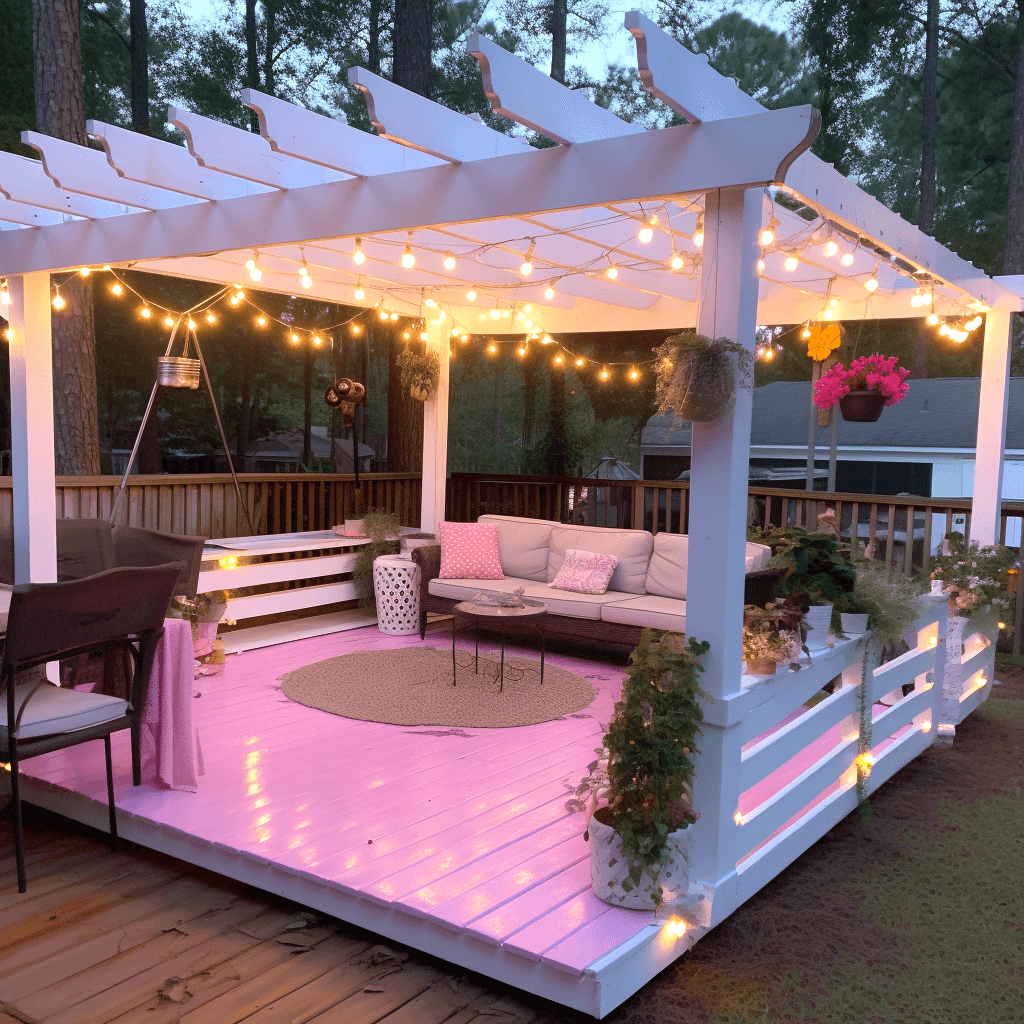
Integrated Planters:
Integrating planters into your wooden pallet pergola design is a delightful and practical choice that not only adds a touch of greenery but also enhances the overall ambiance of your beachside outdoor space. The placement of these planters is a strategic decision. You can position them at key points, such as the corners or along the sides of the pergola, ensuring they don’t obstruct your view of the beach or pathways. By thoughtfully situating the planters, you create a harmonious and unobtrusive integration of nature within your pergola. When designing the planters, you can choose to construct them using pallet wood or other suitable materials, keeping in mind the beach environment and its potential challenges. To prevent soil erosion and water damage, it’s important to waterproof or line the planters with plastic or another protective material. This ensures the longevity of the planters and the health of the plants they house.
Selecting beach-friendly plants is essential for the long-term success of your integrated planters. Drought-tolerant, salt-resistant, and wind-resistant plants are ideal choices for this coastal setting. Native plants and succulents are often excellent options, as they require minimal maintenance while thriving in the beach environment. To keep your beach-loving plants healthy, you might consider implementing a simple drip irrigation system. This ensures they receive adequate water while reducing the need for manual watering. An irrigation system can be discreetly incorporated into your planters, maintaining the pergola’s aesthetic appeal.


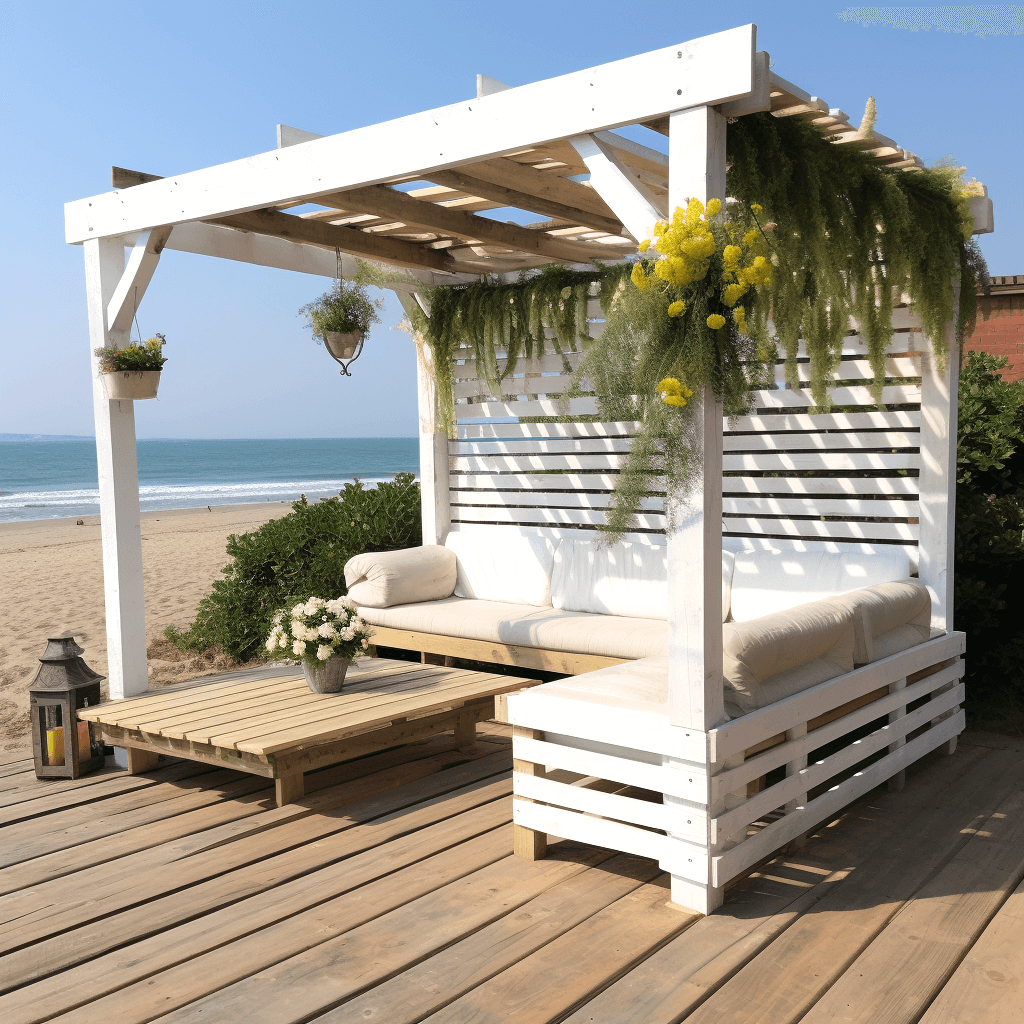

Decor and Accessories:
Decor and accessories are the finishing touches that bring personality and style to any space. In interior design, they play a pivotal role in defining the ambiance of a room. Decor items such as artwork, decorative cushions, curtains, and area rugs add color, texture, and visual interest, allowing individuals to express their personal taste and create a cozy, inviting atmosphere. Accessories like lighting fixtures, vases, and wall mirrors contribute to the overall aesthetic and can serve both functional and decorative purposes. Moreover, decor and accessories are not limited to interior spaces. They are also integral to landscape design, helping to create outdoor living areas that are both beautiful and functional. Elements such as outdoor furniture, planters, and garden sculptures can transform a garden or patio into a tranquil retreat or a vibrant entertainment space. In essence, decor and accessories are the elements that make a house feel like a home and outdoor spaces inviting and charming. They are the means through which individuals can infuse their unique style and preferences into their surroundings, creating spaces that are not only visually appealing but also reflective of their personality and lifestyle.



Maintenance and Weather Considerations:
Maintenance and weather considerations are crucial factors in the durability and longevity of structures and outdoor spaces. When designing buildings, infrastructure, or even landscaping, it’s essential to take into account the impact of weather conditions. Harsh climates, such as extreme temperatures, heavy precipitation, or strong winds, can have a significant effect on the materials used and the maintenance requirements. Proper maintenance is essential to prevent wear and tear from the elements. This might involve routine inspections, repairs, and protective measures like sealing, painting, or weatherproofing. Neglecting maintenance can lead to structural damage and costly repairs.
In regions with specific weather challenges, such as coastal areas prone to saltwater exposure or areas with heavy snowfall, design and material choices should be tailored to withstand these conditions. For example, corrosion-resistant materials might be necessary near the coast, while buildings in snowy regions might require extra insulation and roof design to prevent snow accumulation and ice dams. In urban planning, weather considerations also play a role in infrastructure design, such as road construction and drainage systems. Proper planning and maintenance are essential to prevent flooding, erosion, and other weather-related issues that can disrupt daily life.




Incorporating Lighting:
Incorporating lighting into any environment is a critical aspect of design and functionality. Lighting has the power to transform the mood and ambiance of a space, making it a crucial element in interior design. The choice of lighting fixtures, their placement, and the type of illumination they provide all contribute to the overall aesthetic and functionality of a room. For instance, soft, warm lighting can create a cozy atmosphere in a living room, while bright, task-oriented lighting is essential in a kitchen or workspace.
Lighting also plays a significant role in architecture and urban planning. Well-planned street lighting not only enhances safety but also adds to the character of a city at night. Architectural lighting can highlight the unique features of a building, making it stand out in the urban landscape. Furthermore, incorporating natural light is essential in sustainable design and energy efficiency. Maximizing natural light not only reduces the need for artificial lighting but also has a positive impact on the well-being of occupants. It’s crucial to consider the orientation of windows, the use of reflective surfaces, and shading solutions to harness natural light effectively.

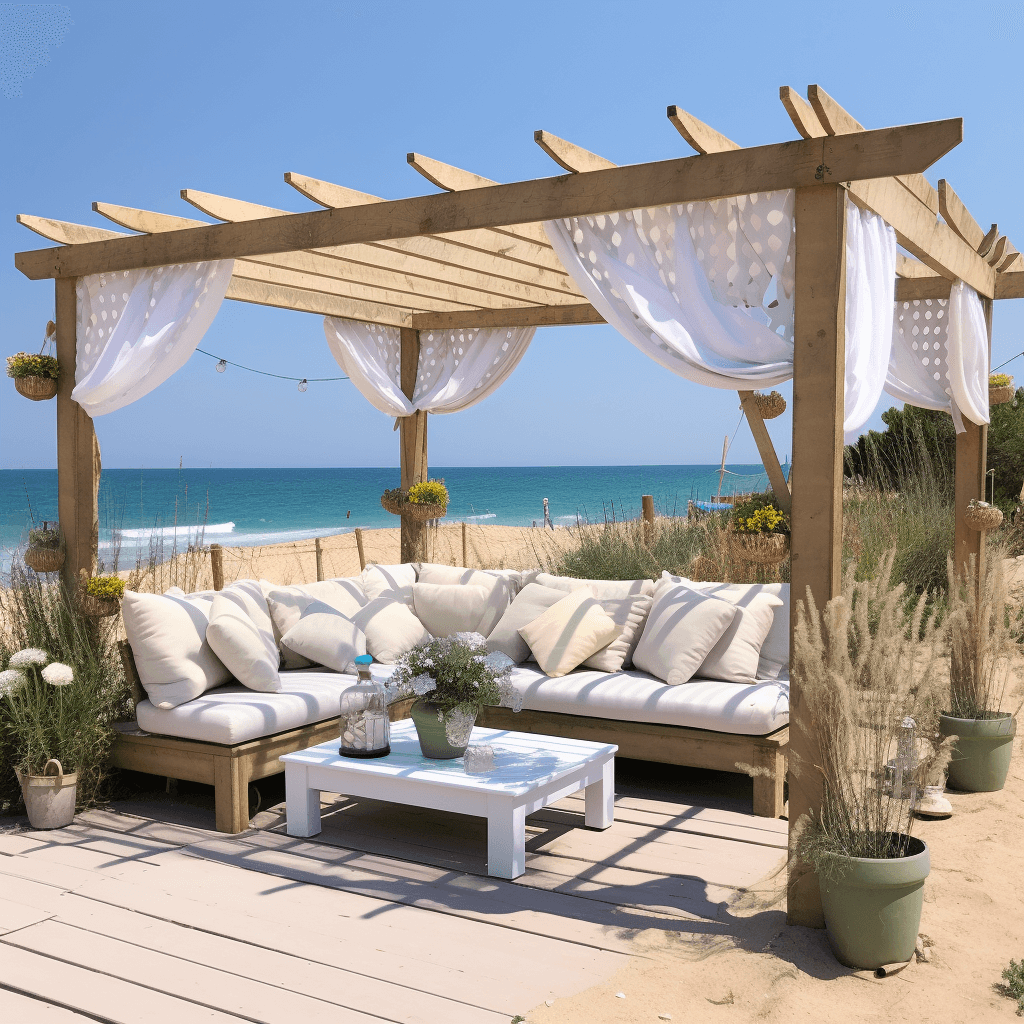
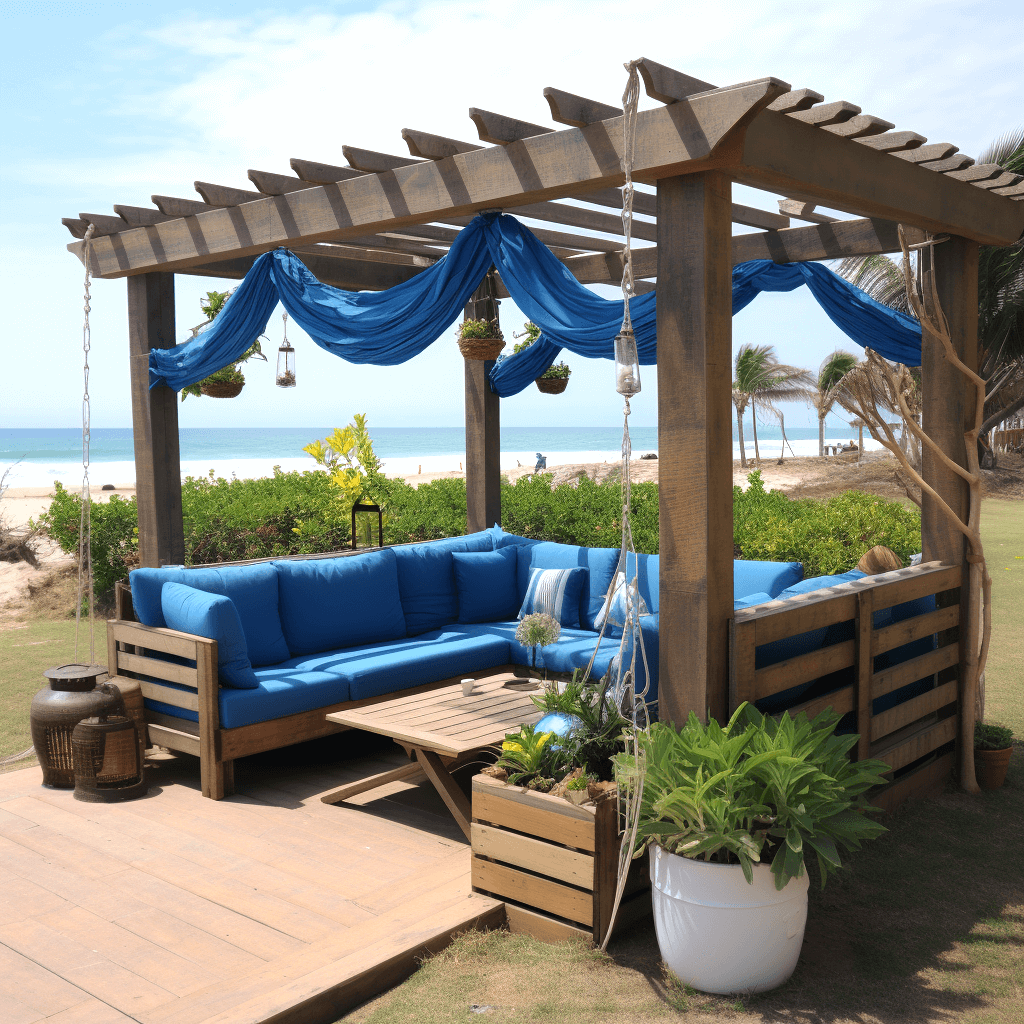
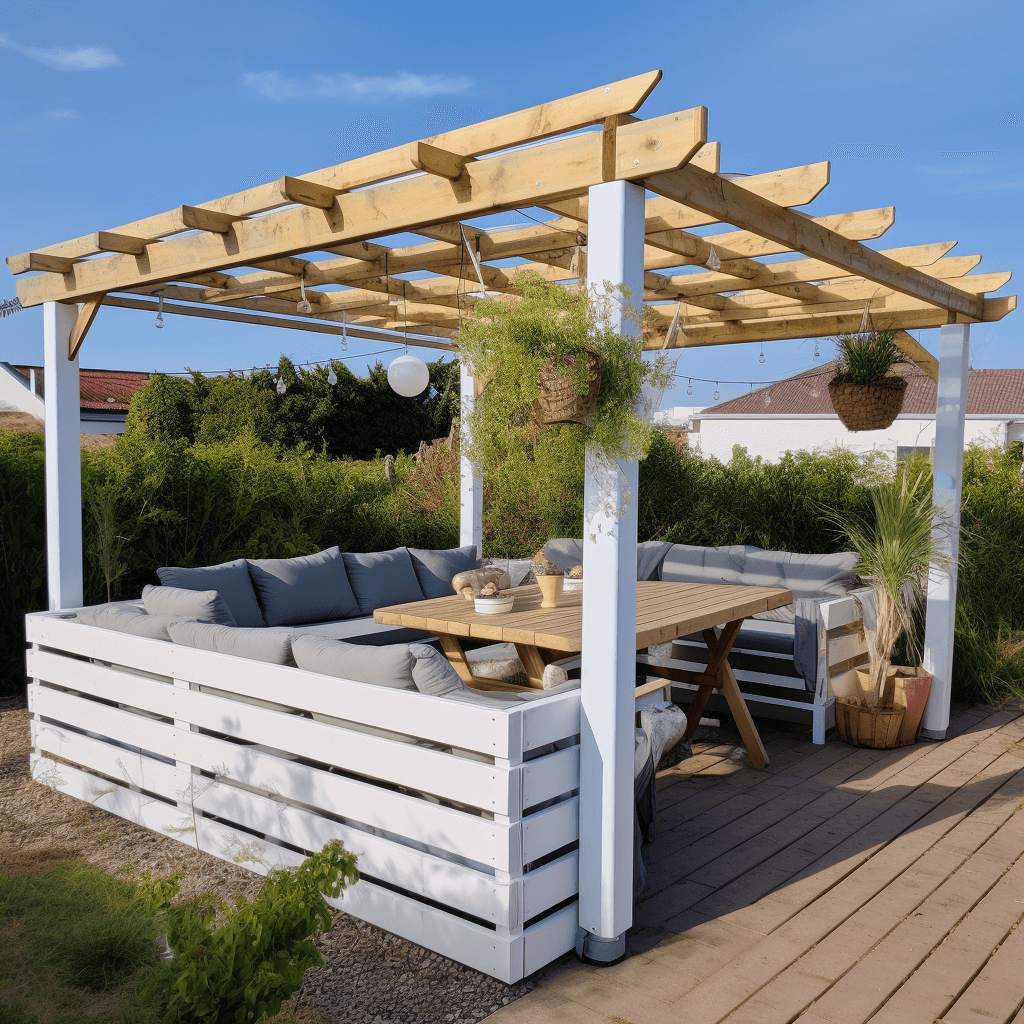
Utilizing the Space:
Utilizing space efficiently is essential in various aspects of life, from interior design to urban planning, and even in our daily routines. In interior design, it’s about making the most of available space to create a comfortable and functional living environment. This might involve clever storage solutions, multi-purpose furniture, or open floor plans that maximize the feeling of spaciousness. In urban planning, efficient space utilization helps create sustainable and vibrant cities. This involves considerations like mixed-use zoning, green spaces, and public transportation to reduce congestion and improve the overall quality of life for residents. On a personal level, managing our time effectively is also about utilizing the space in our schedules. By prioritizing tasks and making the most of our available time, we can achieve more and maintain a better work-life balance.
Whether it’s in our homes, cities, or daily routines, optimizing the use of space is a fundamental concept that can lead to greater comfort, efficiency, and overall well-being.


Incorporating these elements, your wooden pallet pergola with beach and planter ideas will become a tranquil, eco-friendly, and stylish outdoor haven for beach lovers and those seeking a slice of coastal paradise right in their backyard.
